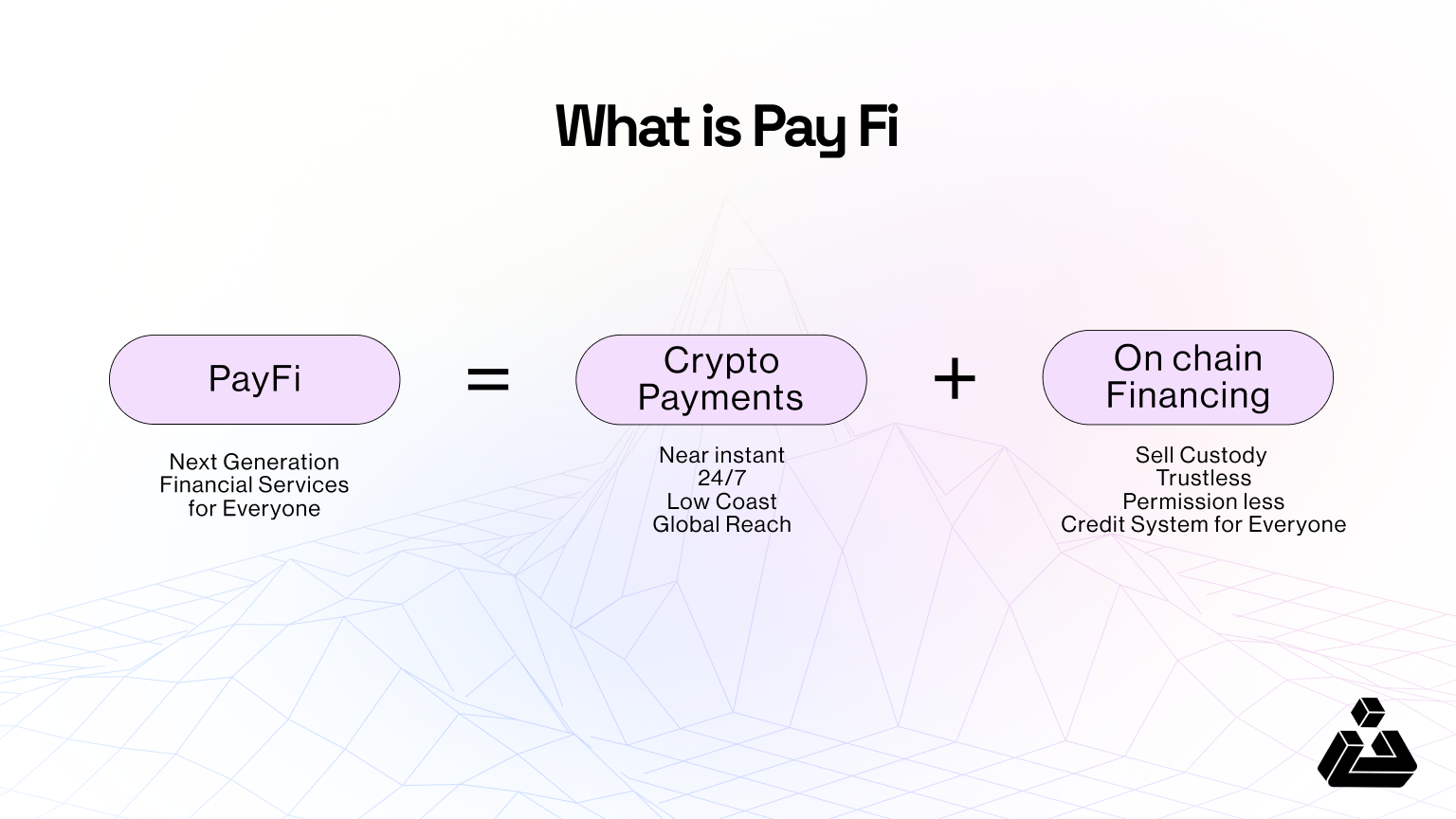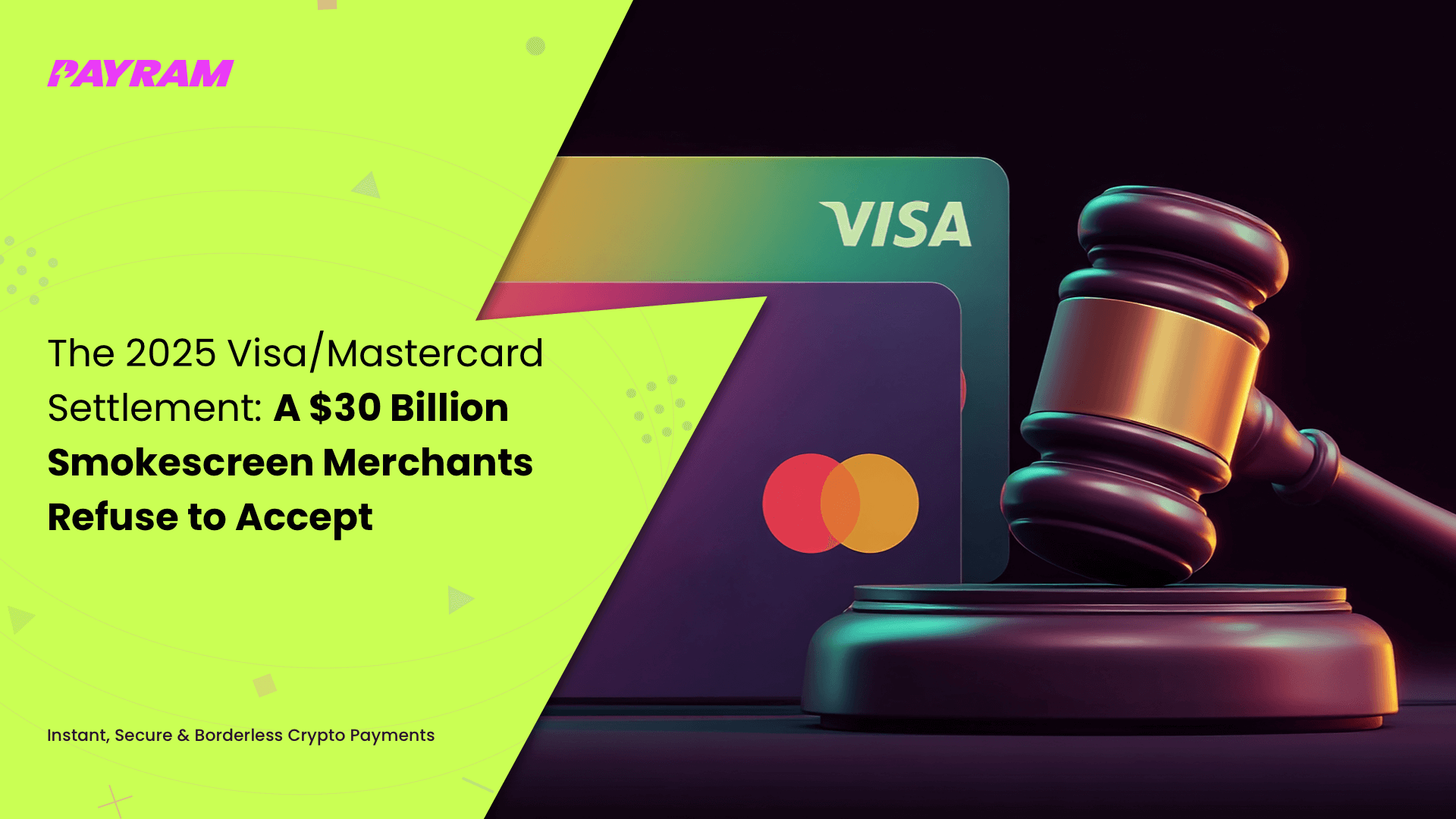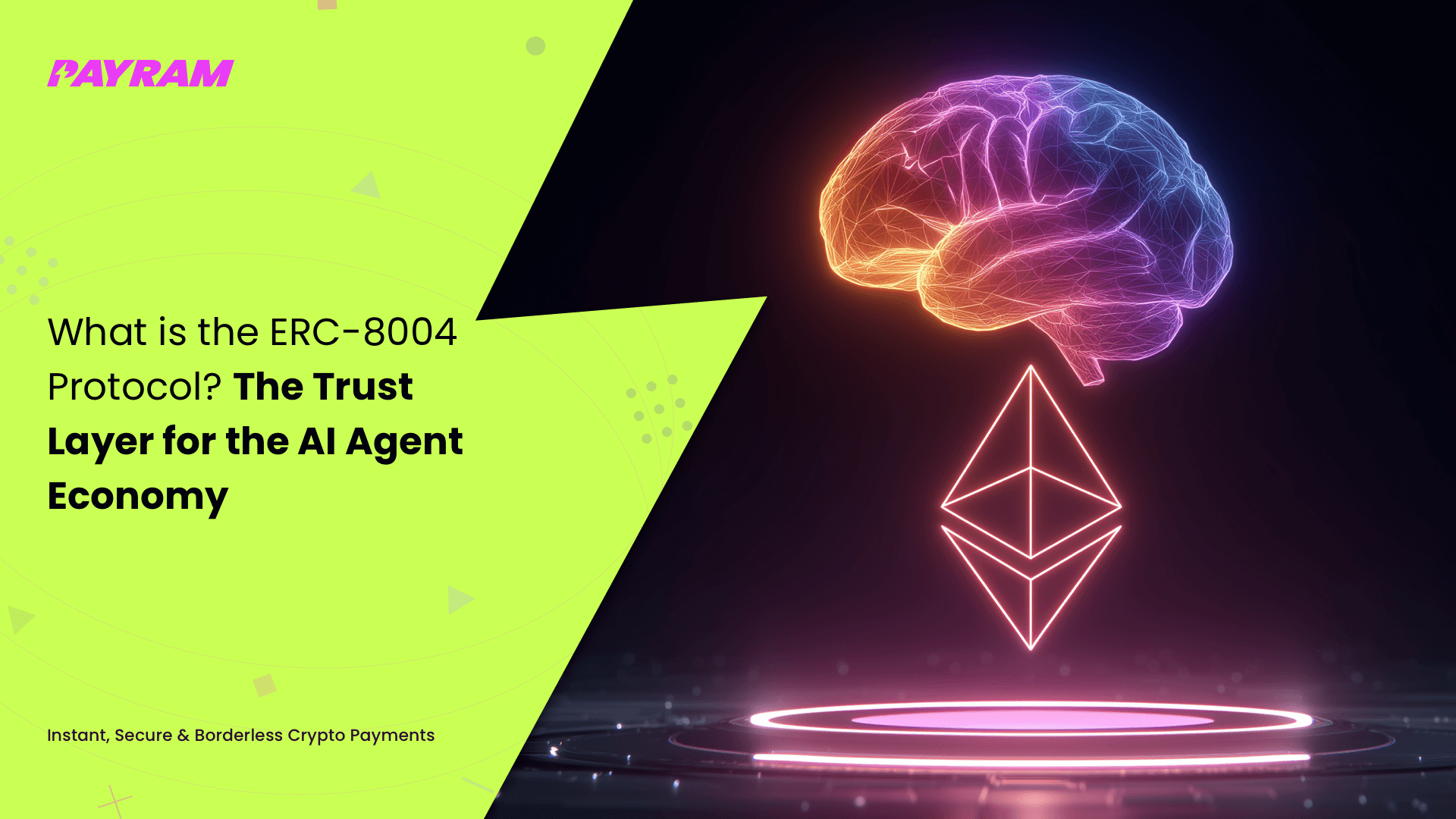The Rise of the Agentic Economy: From Read/Write to Act
The agentic economy represents a paradigm shift where autonomous AI agents actively execute transactions and workflows, projected to drive trillions in global value by 2030.
For the past two decades, the internet has operated as a read/write medium, optimized for human eyeballs and monetized through attention. We are now witnessing the "original sin" of the web—its reliance on ads and clicks—being challenged by a new operating system: the Agentic Web. In this emerging era, the primary users of the internet will not be humans scrolling feeds, but autonomous AI agents executing complex, multi-step workflows.
This shift from reading to acting is not merely a feature update, it is a fundamental economic rewiring. McKinsey & Company projects that by 2030, the agentic economy—commerce facilitated or executed by autonomous software—could account for between $3 trillion and $5 trillion in global transaction volume. However, today's infrastructure is hostile to this future. OAuth flows require human clicks, credit card forms demand manual entry, and data silos block autonomous access. To bridge this gap, a high-stakes standards war has erupted. The protocols defined today—MCP, A2A, AP2, ACP, x402, and ERC-8004—will determine whether the future of the machine economy is centralized and compliant, or decentralized and permissionless.
"The agentic web represents a massive redistribution of power. Value will no longer accrue to those who control discovery, but to those who control execution—the protocols that allow software to act, spend, and settle in the real world." — Ethan Zuckerman, Associate Professor at UMass Amherst
The Connectivity Layer: Solving the Context & Collaboration Deficit
The connectivity layer resolves the isolation of AI models through MCP, which standardizes data access, and A2A, which standardizes peer-to-peer agent delegation.
Before an agent can buy a plane ticket or audit a spreadsheet, it must first be able to access the necessary data and coordinate with other systems. This is the domain of the Connectivity Layer, where two primary protocols are vying to become the TCP/IP of agentic communication.
What is the Model Context Protocol (MCP)?
Developed by Anthropic, MCP is an open standard that acts as a universal translator, allowing AI models to securely connect to external data repositories and tools without bespoke integrations.
The Model Context Protocol (MCP) addresses the Context Deficit. Frontier LLMs are brilliant reasoning engines trapped in a vacuum; they cannot naturally see your local files, SQL databases, or Slack history. Historically, connecting an LLM to these sources required building a custom connector for every single data source—an unscalable N x M problem.
MCP solves this by standardizing the interface. It operates on a Client-Host-Server architecture using JSON-RPC 2.0. Developers build an MCP Server once for their data source, and any MCP Client (like Claude Desktop or an IDE like Cursor) can instantly plug into it. By defining core primitives like Resources (data reading), Prompts (interaction templates), and Tools (executable functions), MCP creates a USB-C port for AI, allowing agents to fetch the context they need to reason effectively.
What is Google's Agent-to-Agent (A2A) Protocol?
Google's A2A protocol focuses on the orchestration layer, using REST-based communication to enable autonomous agents to discover peers, delegate tasks, and manage long-running workflows.
If MCP is about deepening an agent's knowledge, Google’s Agent-to-Agent (A2A) protocol is about widening its reach. A2A is designed for enterprise orchestration and delegation. In a complex business environment, a Chief of Staff agent shouldn't micro-manage API calls, it should delegate the high-level goal Plan the corporate retreat to a specialized Travel Agent.
A2A utilizes a REST-based transport layer over HTTP to manage these stateful interactions. Its standout feature is discovery via Agent Cards—standardized JSON metadata files hosted at known URIs. These cards broadcast an agent's capabilities, pricing, and identity, allowing other agents to dynamically find and hire them. A2A handles the lifecycle of a task—from proposal to acceptance to completion—making it the ideal standard for the East-West communication between autonomous entities in a corporate mesh.
MCP vs. A2A: Key Differences and Integration
While MCP and A2A are often compared, they are complementary standards where MCP handles internal tool execution (Southbound) and A2A handles external agent delegation (East-West).
It is a strategic error to view these as mutually exclusive. The winning architecture for most enterprises will likely be a hybrid approach.
The Transaction Layer: How AI Agents Will Pay
The transaction layer is split between three competing visions: optimizing existing checkout flows (ACP), enforcing governance and mandates (AP2), and enabling internet-native micropayments (x402).
Connectivity allows agents to think, payments allow them to act. Three distinct standards have emerged to solve the problem of how a piece of software can securely hold and spend money.
Agentic Commerce Protocol (ACP): Optimizing Checkout for AI
ACP, backed by OpenAI and Stripe, retrofits existing e-commerce infrastructure for agents by using Shared Payment Tokens to securely pass purchasing intent without exposing sensitive credentials.
The Agentic Commerce Protocol (ACP) represents the path of least resistance. Its philosophy is don't reinvent the wheel, optimize the road. Rather than building a new currency, ACP adapts the existing credit card rails for AI checkout. This approach mirrors how traditional platforms handle high-risk transactions, where incumbent processors prioritize compliance and familiar UX over flexibility.
The core mechanism is the Shared Payment Token. Instead of an agent autofilling a credit card form (a security nightmare), the user's payment credentials are tokenized by a platform (like OpenAI). When the agent initiates a purchase, it passes this single-use, scoped token to the merchant. The merchant—acting as the Merchant of Record—processes the transaction via a partner like Stripe or Worldpay. This allows brands to accept agentic commerce transactions immediately with minimal infrastructure changes.
Agent Payments Protocol (AP2): The Governance & Mandate Layer
Google's AP2 focuses on solving the Principal-Agent problem through cryptographic Mandates that strictly define and verify an agent's spending authority before a transaction occurs.
Google’s AP2 is less concerned with moving money and more concerned with compliance. It addresses the Principal-Agent Problem: If my AI drains my bank account, who is liable?
AP2 introduces Cryptographic Mandates—verifiable credentials that act as digital powers of attorney.
- Intent Mandate: The user signs a specific instruction: "I authorize my Shopping Agent to spend up to $200 on concert tickets."
- Cart Mandate: The agent generates a proof that the specific item it found matches the user's Intent Mandate.
Backed by networks like American Express, Visa, and Mastercard, AP2 creates a non-repudiable audit trail. It effectively acts as the compliance layer for the agentic web, ensuring that every autonomous transaction is pre-authorized and legally binding.
x402: The Native Web Payment Standard
x402 revives the HTTP 402 status code to enable machine-to-machine micropayments using stablecoins, bypassing traditional payment processors entirely.
x402 is the disruptor. Backed by Coinbase and Cloudflare, it envisions a web where payments are as native as HTML. It revives the long-dormant HTTP 402 - Payment Required status code. For a deeper technical breakdown, read our guide on what is x402 protocol and how it integrates with modern web infrastructure.
The workflow is a programmatic handshake:
- Request: An agent requests a resource (e.g., GET /api/premium-data).
- Challenge: The server blocks the request, returning a 402 error with a price (e.g., 0.01 USDC) and a wallet address.
- Payment: The agent pays instantly via a blockchain transaction (e.g., on Base or Solana).
- Proof: The agent retries the request with a cryptographic proof of payment, and the server unlocks the resource.
This is critical for Machine-to-Machine (M2M) commerce. Credit cards cannot handle the friction of a $0.05 transaction, but x402 and stablecoins can. This capability is vital for platforms managing on-chain payments, where low fees enable high-velocity transactions.
According to Visa's 2025 State of Agentic Commerce Report, AI-driven payment volume is expected to grow by 4,700% in the Asia-Pacific region alone as agentic protocols mature.
The Trust & Identity Layer: ERC-8004 and the Lemon Problem
ERC-8004 solves the Lemon Problem in permissionless agent networks by establishing on-chain registries for agent identity, reputation, and economic staking.
In an open market of millions of AI agents, how do you know which one is competent and which is a phishing bot? Without a centralized App Store to vet them, trust becomes the bottleneck. This challenge is addressed by the ERC-8004 Protocol, which introduces a decentralized framework for verifying agent reliability.
How ERC-8004 Solves Agent Reputation
ERC-8004 establishes a decentralized Social Security Number and Credit Score for agents, allowing them to build a portable, verifiable track record of performance.
ERC-8004 (Trustless Agents) creates a decentralized infrastructure for trust on the Ethereum blockchain. It consists of three primary registries:
- Identity Registry: Assigns a sovereign AgentID (often an NFT) that cannot be deleted by a corporate platform.
- Reputation Registry: Acts as an immutable Yelp for AI. When an agent completes a task, the outcome is recorded on-chain.
- Validation Registry: Allows agents to stake capital (e.g., ETH or USDC) to back their promises. If an agent acts maliciously, its stake can be slashed. This introduces skin in the game, ensuring that agents have an economic incentive to be honest.
The Rise of PayFi and Kite AI
PayFi and infrastructure like Kite AI utilize these protocols to create a financial system where agents can autonomously manage treasuries, access credit, and settle high-frequency transactions.
This infrastructure is giving rise to PayFi (Payment Finance), where agents don't just spend money—they manage it. To understand the scope of this shift, see our analysis on what is PayFi and how it merges DeFi mechanics with real-world payment utility. Kite AI is a prime example of this new stack. It is a Layer 1 blockchain specifically optimized for the high throughput required by agentic workflows. Supported by Coinbase Ventures and PayPal Ventures, Kite integrates x402 and ERC-8004 natively. This infrastructure allows businesses to accept stablecoin payments with near-instant finality, essential for the speed at which AI agents operate.
"PayFi will do for money what the internet did for information—make it programmable, permissionless, and instantaneous. Agents are the new power users of this financial internet." — Lily Liu, President of the Solana Foundation.

Operationalizing the Agentic Stack: The PayRam Integration
PayRam serves as the practical infrastructure layer for the agentic economy, operationalizing protocols like x402 and ERC-8004 by providing a self-hosted, non-custodial gateway for autonomous stablecoin transactions.
While protocols like x402 and ERC-8004 provide the theoretical rules of the road for the agentic web, they require concrete infrastructure to function in the real economy.
PayRam has emerged as a critical infrastructure partner in this stack, explicitly adopting these open standards to define the future of decentralized machine payments. PayRam effectively fills the "execution gap" between high-level agent protocols and on-chain settlement.
PayRam as the x402 Facilitator
PayRam operationalizes the x402 protocol by acting as the settlement facilitator that abstracts blockchain complexity for merchants and agents.
- The Mechanism: In the standard x402 handshake, a server must generate a payment address, monitor the blockchain for the transaction, and release the resource upon confirmation. PayRam automates this entire lifecycle. It provides the APIs and SDKs that allow a merchant or API provider to implement the "HTTP 402 Payment Required" logic with a single line of code.
- The "Facilitator" Role: In the x402 architecture, the Facilitator is the entity that verifies payment proofs. PayRam fulfills this role while maintaining a non-custodial architecture. Unlike hosted solutions that act as a black box, PayRam ensures that funds settle directly into the merchant's self-hosted wallet, preserving the censorship resistance that is core to the x402 ethos.
Filling the Trust Gap in ERC-8004
While ERC-8004 provides the registries for identity and reputation, it leaves a "payment-shaped hole" regarding how agents actually exchange value for validated work. PayRam bridges this gap by integrating with the ERC-8004 Validation Registry.
- Escrow Logic: PayRam enables a Trustless Agent Escrow contract. An agent and a user can lock funds in a PayRam-powered smart contract. The contract then autonomously queries the ERC-8004 Validation Registry. Only when it reads a ValidationResponse = TRUE (proving the agent completed the task) does PayRam release the funds.
- Sovereignty: This integration is crucial for high-risk or edge agents—such as those in iGaming or adult industries—that may be de-platformed by centralized payment rails. By combining ERC-8004's decentralized trust with PayRam's uncensorable payment rails, these agents can operate in a truly permissionless market.
Interoperability with AP2
PayRam is designed for interoperability within the broader ecosystem, including Google's Agent Payments Protocol (AP2). It functions as a compatible stablecoin settlement rail within the AP2 framework. When an AP2 Cart Mandate specifies a stablecoin payment, PayRam provides the execution infrastructure to settle that mandate on-chain, ensuring that even compliant, mandate-driven transactions can benefit from the speed and efficiency of stablecoin settlement.
Strategic Analysis: The Mullet Economy Thesis
The agentic economy will likely bifurcate into a Mullet Economy, with consumer retail relying on compliant AP2/ACP rails in the front, and high-volume B2B automation running on efficient x402/crypto rails in the back.
How will these competing standards coexist? We predict the emergence of a Mullet Economy:
- Business in the Front (B2C): High-value, consumer-facing transactions (buying shoes, booking flights) will run on ACP and AP2. Users demand the consumer protections, chargeback mechanisms, and familiarity of credit cards. For merchants, understanding how to eliminate fraudulent chargebacks in this layer remains crucial.
- Crypto in the Back (B2B/M2M): The invisible ocean of backend automation—API monetization, data licensing, and micro-services—will run on x402 and PayFi. The efficiency of stablecoins is unmatched for high-frequency, low-value transactions where credit card fees are prohibitive. This is where self-hosted crypto payment gateways like PayRam will dominate, enabling direct settlement without intermediaries.
For technical leaders, the winning strategy is interoperability. The most successful agents will be polyglots—capable of speaking A2A to corporate peers, using MCP to fetch data, signing AP2 mandates for big purchases, and streaming stablecoins via x402 for API access.
Frequently Asked Questions about Agentic Protocols
What is the difference between MCP and A2A?
MCP (Model Context Protocol) connects AI models to data and tools (e.g., Read this PDF), primarily for internal context. A2A (Agent-to-Agent) connects AI agents to other agents (e.g., Ask the Travel Agent to book a flight), focusing on delegation and collaboration across organizations.
How does x402 differ from traditional payment gateways?
Traditional gateways like Stripe use credit card rails designed for humans. x402 uses the HTTP 402 status code to trigger private stablecoin payments directly on the blockchain. This removes intermediaries, lowers fees, and enables autonomous machine-to-machine transactions.
Can AP2 work with cryptocurrencies?
Yes. While AP2 primarily supports traditional rails like credit cards, Google has developed extensions (like the A2A x402 extension) to support stablecoin payments, allowing compliant crypto transactions within the AP2 governance framework.
What is the Lemon Problem in AI agents?
The Lemon Problem refers to the difficulty of verifying the quality of an agent in an open market. Without a reputation system, users cannot distinguish between a high-quality agent and a malicious or incompetent one. ERC-8004 solves this via on-chain reputation registries.
Why are stablecoins preferred for agentic commerce?
Stablecoins offer programmable, 24/7 settlement with negligible fees, unlike credit cards which have banking hours and high transaction costs. This makes them ideal for the high-volume, low-value microtransactions typical of AI agents. Read more in our guide to stablecoin business use cases.
Is PayFi the same as DeFi?
Not exactly. DeFi (Decentralized Finance) focuses on trading and speculation. PayFi (Payment Finance) applies DeFi mechanics to real-world payment flows, such as invoice factoring and payment streaming, optimized for the time value of money in agentic workflows.
Will ACP replace my current payment processor?
No. ACP (Agentic Commerce Protocol) is designed to sit on top of existing processors like Stripe or Worldpay. It acts as a translation layer that allows AI agents to securely pass credentials to your existing checkout flow without exposing raw data.
How does PayRam fit into the agentic web?
PayRam provides the infrastructure for the Crypto in the Back component of the Mullet Economy. It allows merchants to accept stablecoin payments directly into self-hosted wallets, ensuring compatibility with x402-enabled agents while eliminating custodial risk.
What is a Shared Payment Token in ACP?
A Shared Payment Token is a secure, single-use credential generated by a platform (like OpenAI) that represents a user's payment method. It allows an agent to initiate a transaction with a merchant without ever seeing or storing the user's actual credit card number.
Do I need to rewrite my API to support x402?
You don't need to rewrite the entire API, but you will need to add middleware that can handle the HTTP 402 response handshake and verify cryptographic payment proofs. This allows you to gate specific endpoints behind a micropayment wall.
Conclusion
The transition to the Agentic Web represents a massive redistribution of digital power. For the last decade, value accrued to those who controlled discovery (search engines and social feeds). In the next decade, value will accrue to those who control execution—the protocols that allow software to act, spend, and settle in the real world.
For developers and strategists, the time to audit your infrastructure is now. Are your APIs ready for x402? Is your data accessible via MCP? The Agentic Web is not a distant future, it is being compiled in real-time, and the protocols you choose today will define your interoperability tomorrow.
Ready to future-proof your stack?
Start by auditing your payment infrastructure. For high-volume, agent-native transactions, explore PayRam to eliminate intermediaries and prepare your business for the autonomous economy. The machine economy is open for business—make sure you have the right keys.


.svg)











.svg)